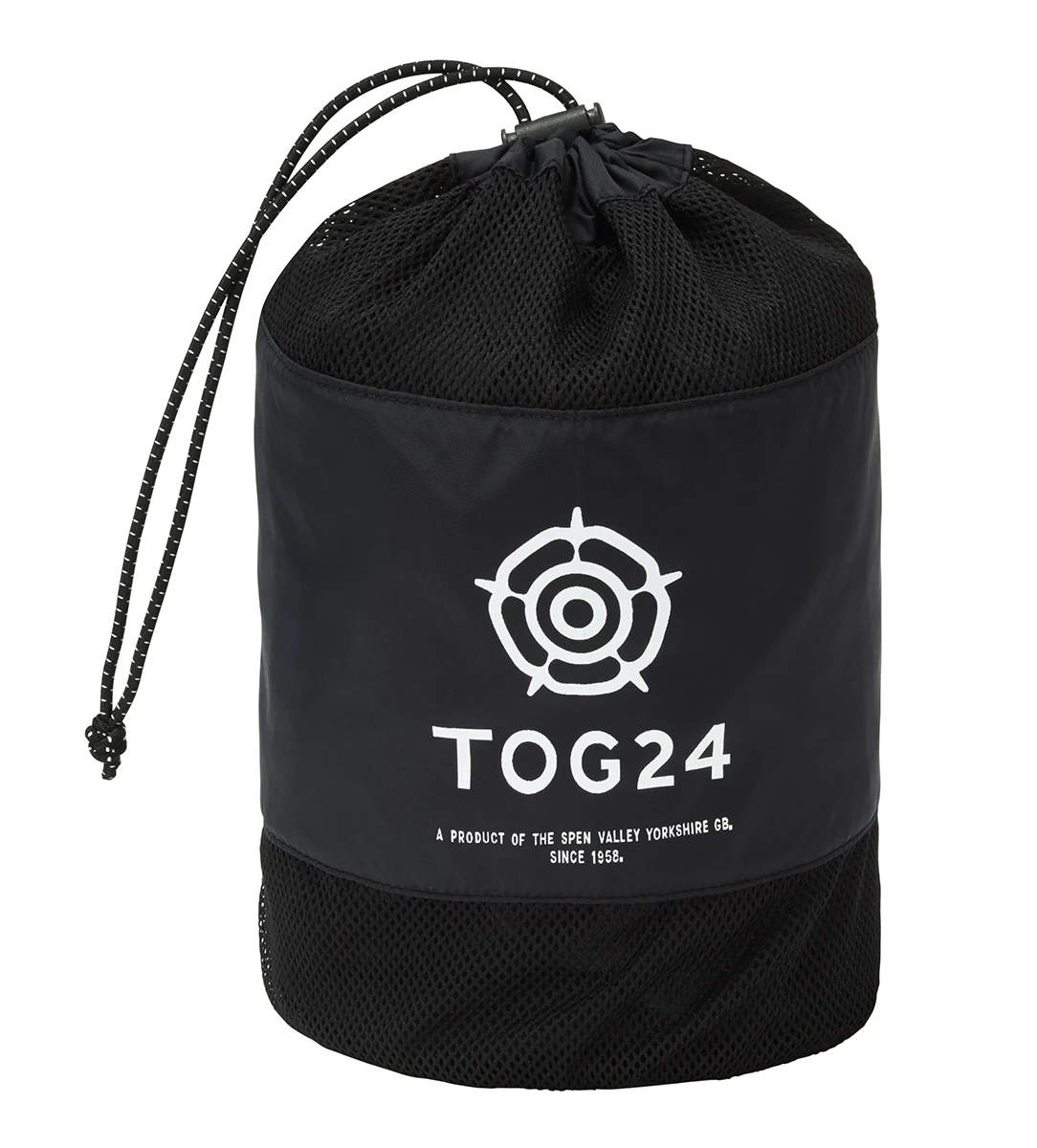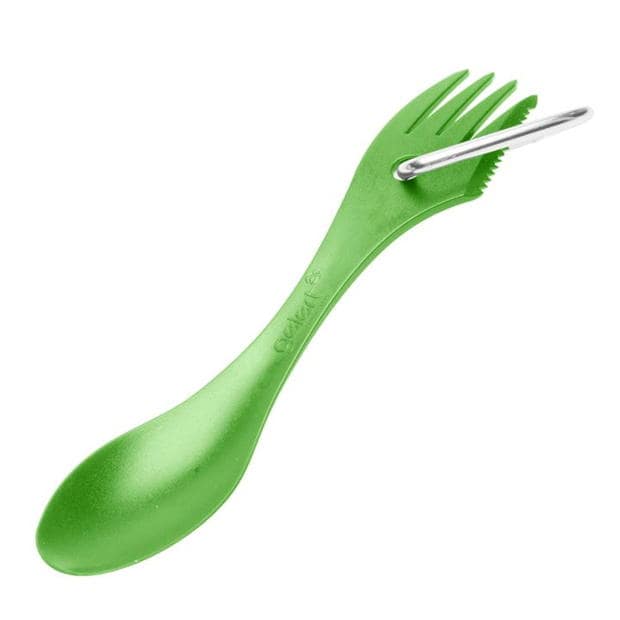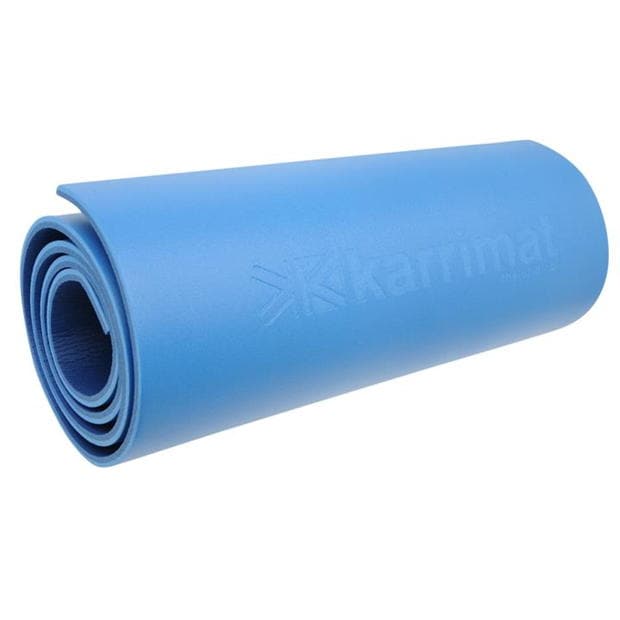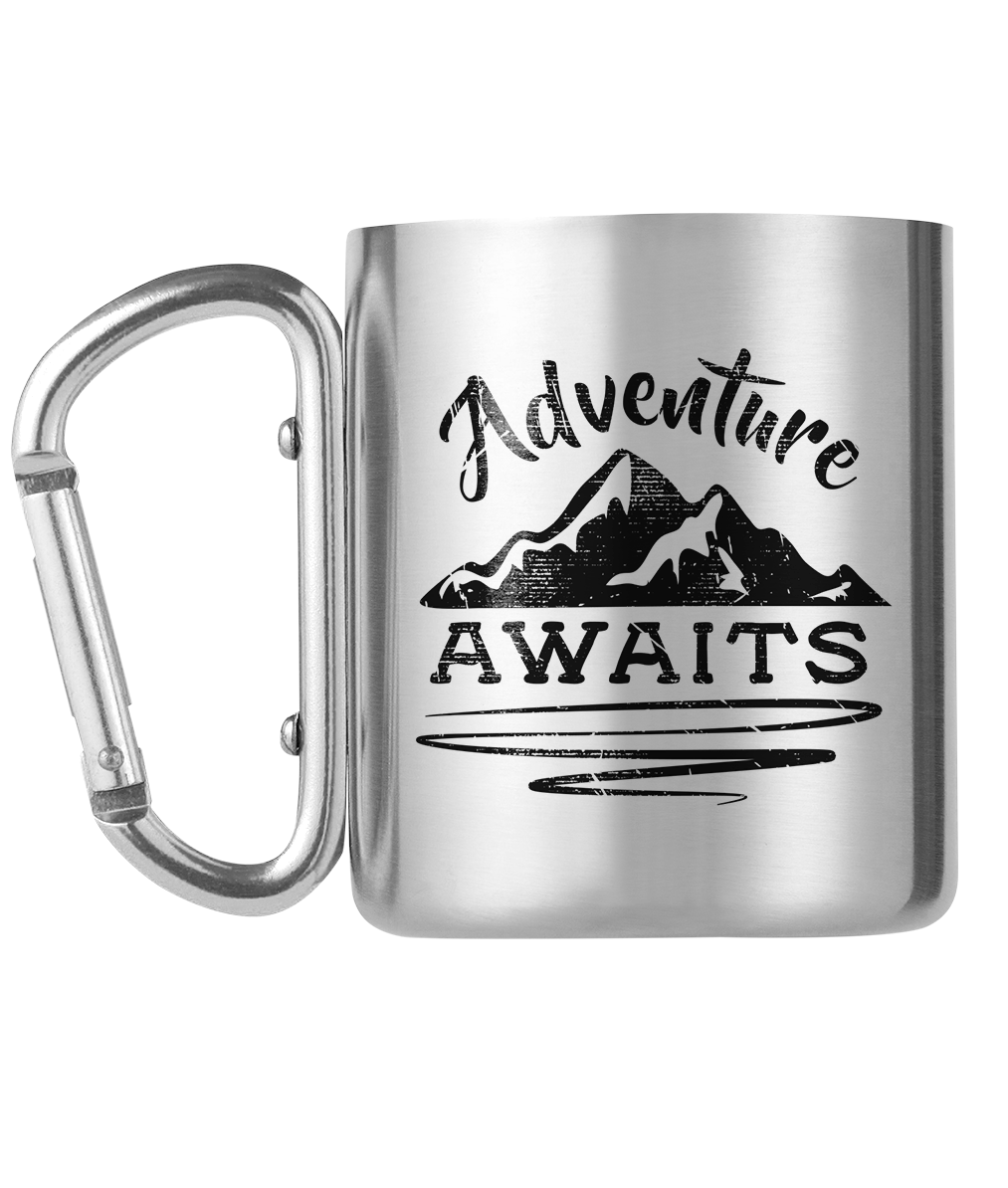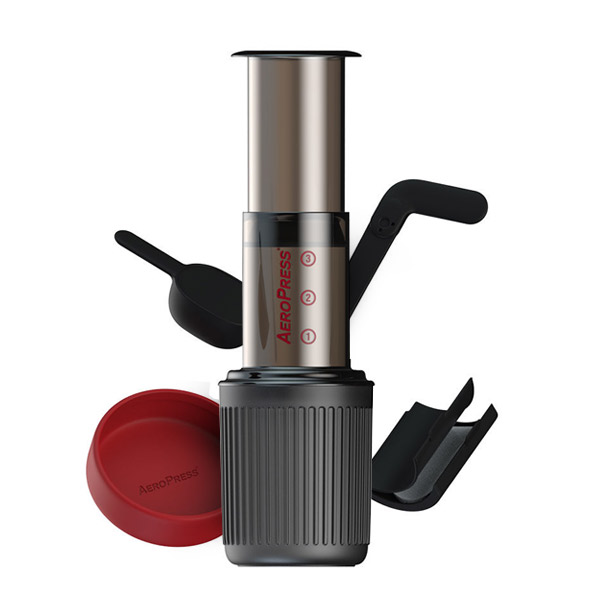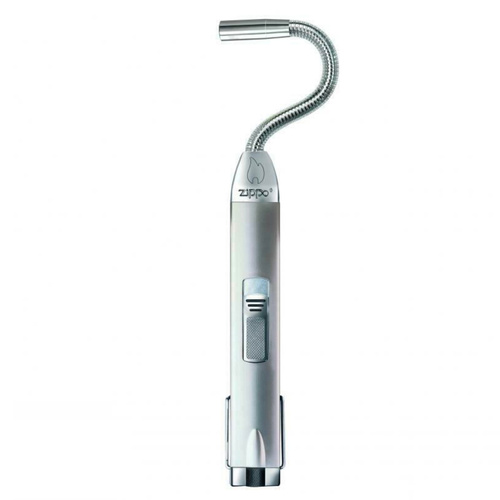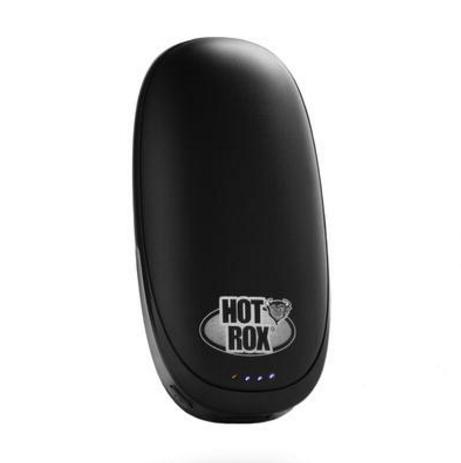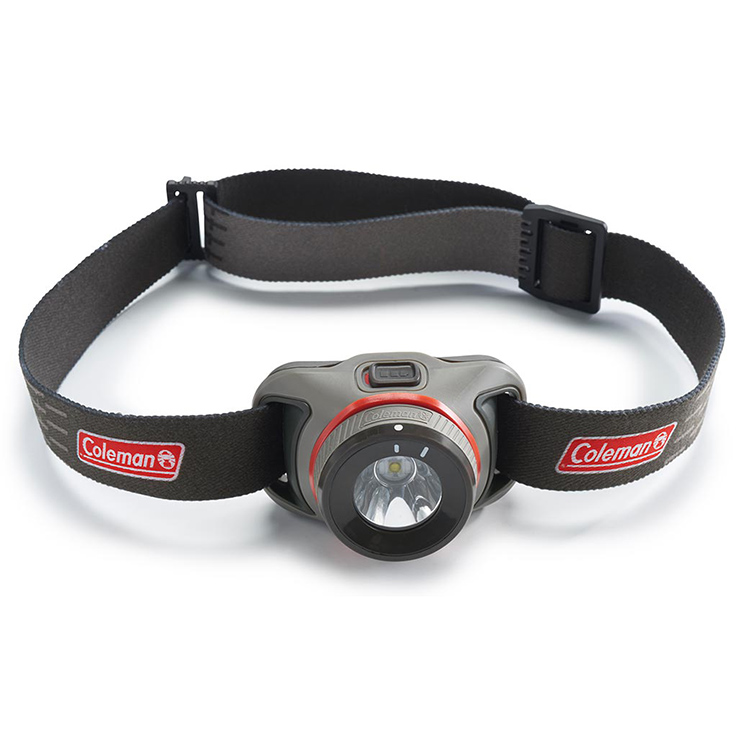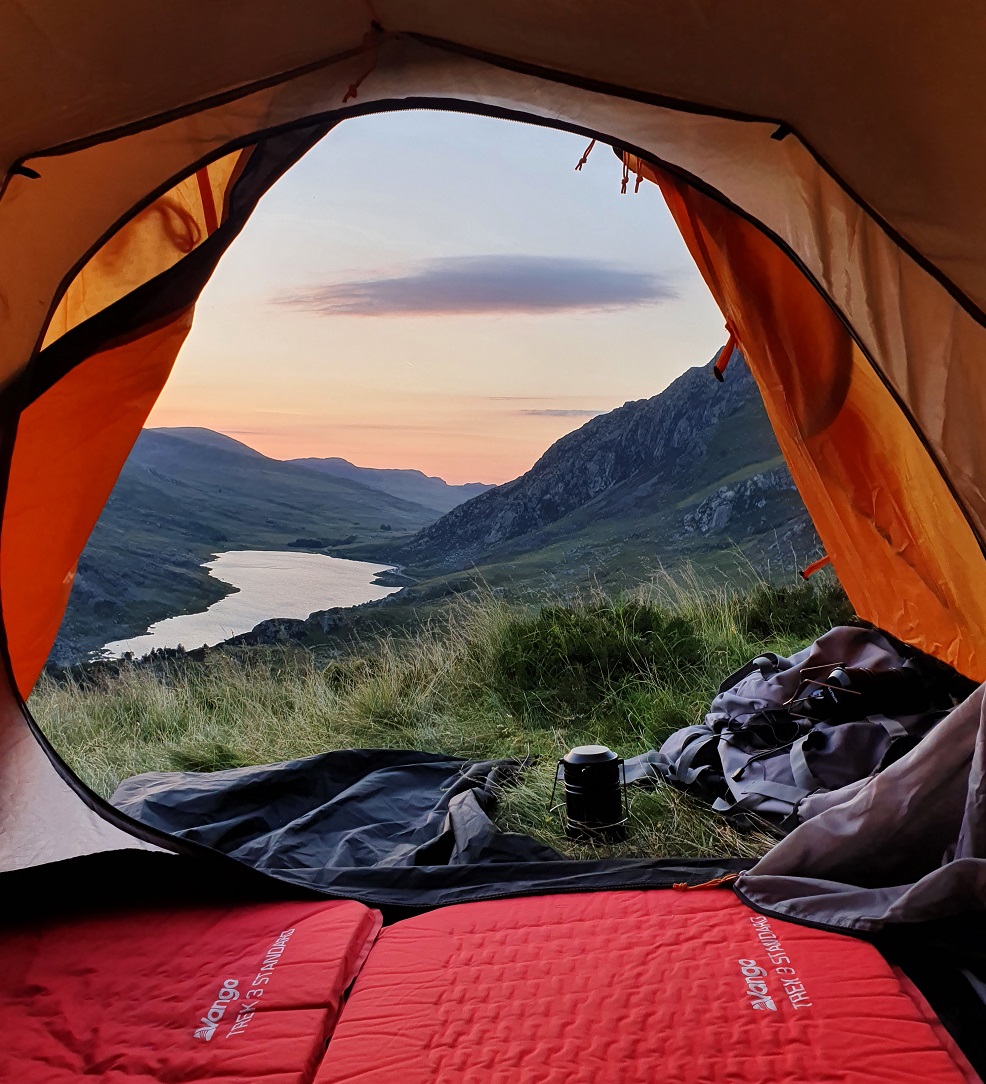
Wild Camping has grew in popularity in the UK over the past few years, I’m often getting asked beginner tips and what’s needed for adventuring into the outdoors. Whilst I don’t claim to be an expert, I do have a fair amount of experience, so below I have shared my basic tips and advice for anyone looking to get into wild camping UK, from how to choose the right kit and how to prepare for safety and comfort. and comfortable.
Check if you need permission to go wild camping in the UK
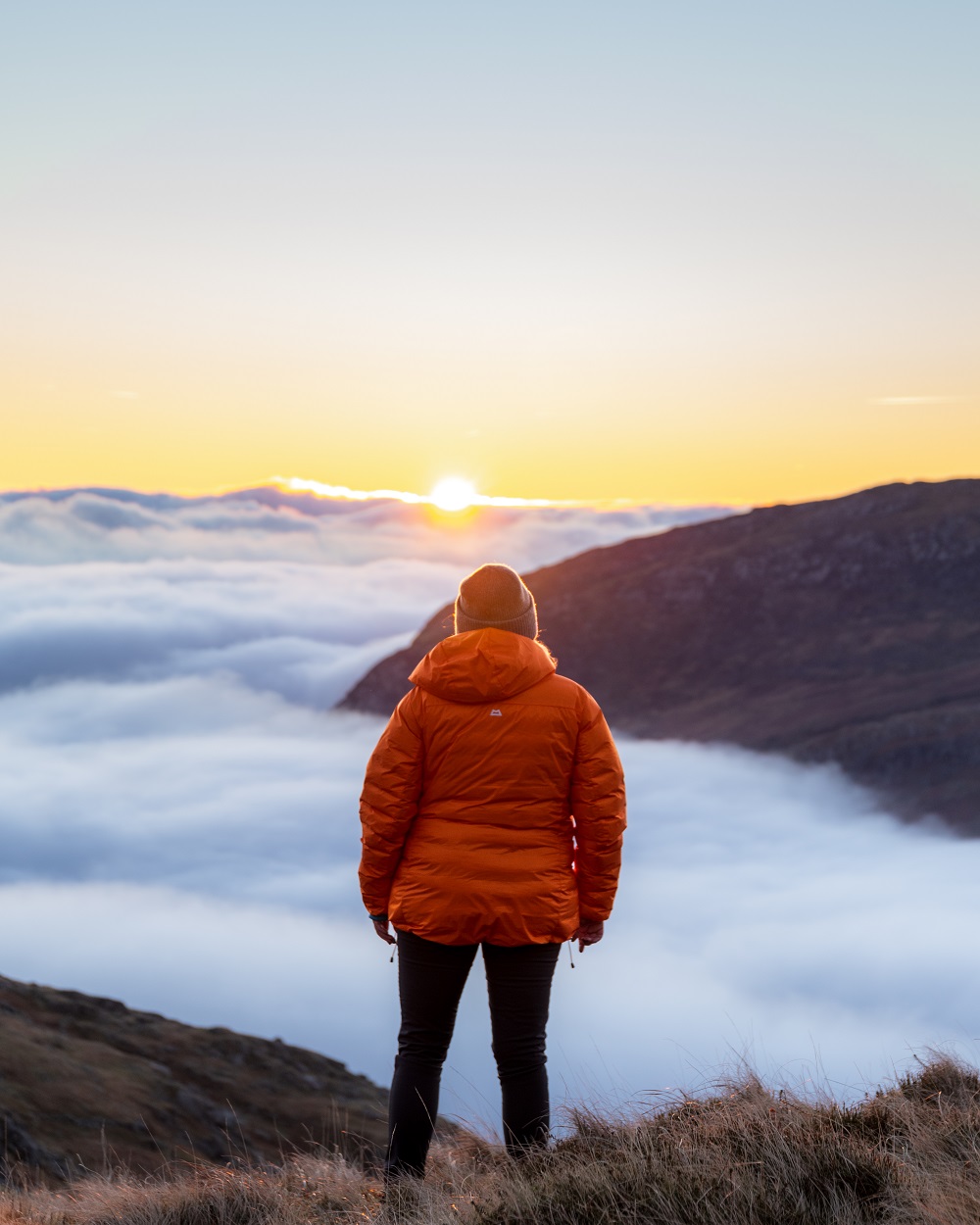
It’s all well and good to assume you can just camp anywhere. However, there are plenty of wild and green spaces that belong to private landowners and trusts. Therefore, always make sure that you are legally clear to camp in the wild areas and woods you have your eyes on. Or, gain permission! And follow the unwritten rule to arrive late and leave early.
Buy lightweight kit, or buy twice!
It makes sense to keep things light and loose if you’re camping in the wild, not only are you going to need to keep your items and accessories to a minimum, you’re also going to need to consider the weight of everything you pack.
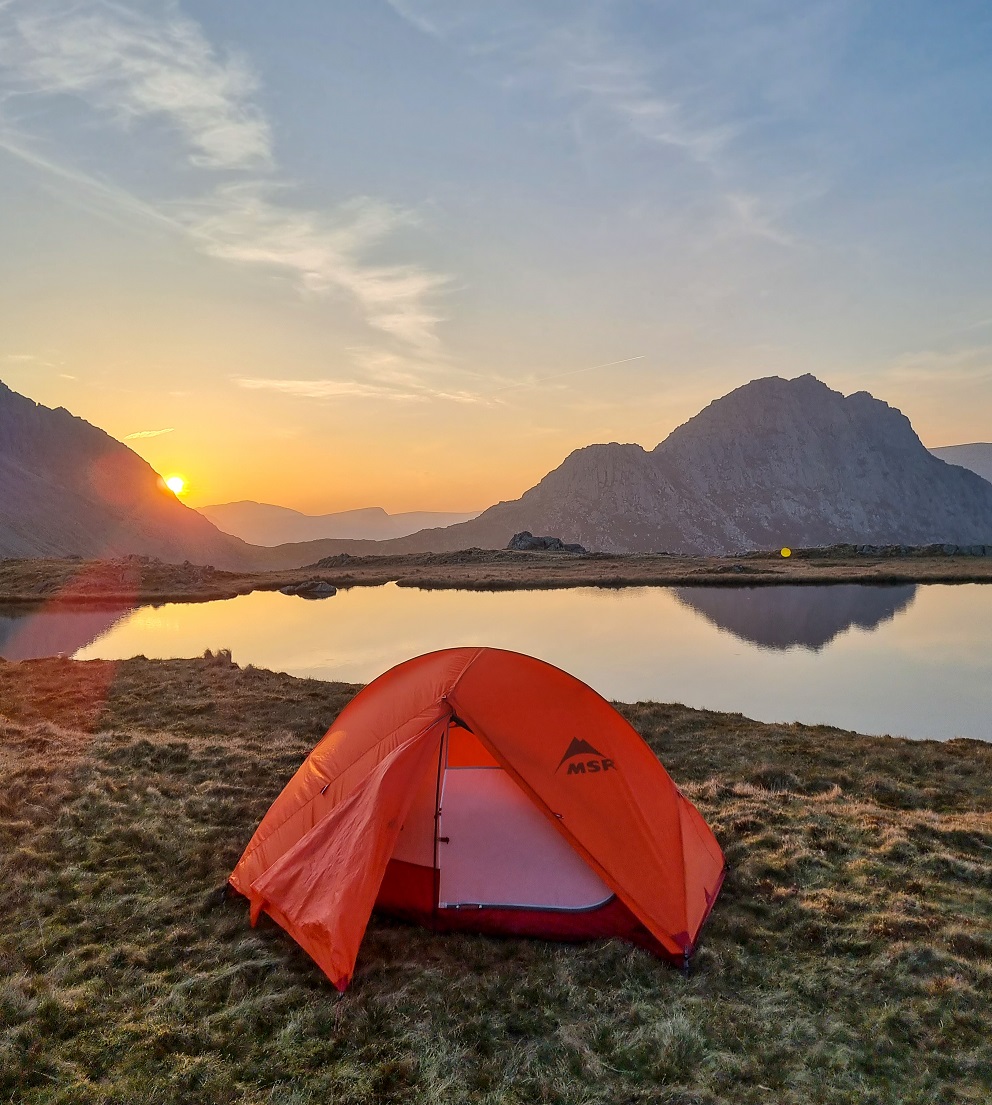
The biggest mistake I made when buying my kit the first time round, was that weight is the most important thing to consider! If you plan to camp on a mountain, or anywhere that requires you to walk uphill, then you need to keep your total pack weight as low as you possibly can.
The items that will take up most of your weight tent to be the tent, sleeping bag, matt and stove. I bought cheap versions of all of these when I first got into wild camping, fast foward 2 years and every item has been upgraded. If you can, buy the best products first time and save yourself some money in the long run.
Think of your tent as your defence against the elements
You need to get into the mindset of thinking of outdoor gear (especially for wild camping,) as your defence against the elements – if you plan to only camp during Summer then you can get away with 1 or 2 season gear, but for any other month I recommend investing in quality 3-4 season gear.
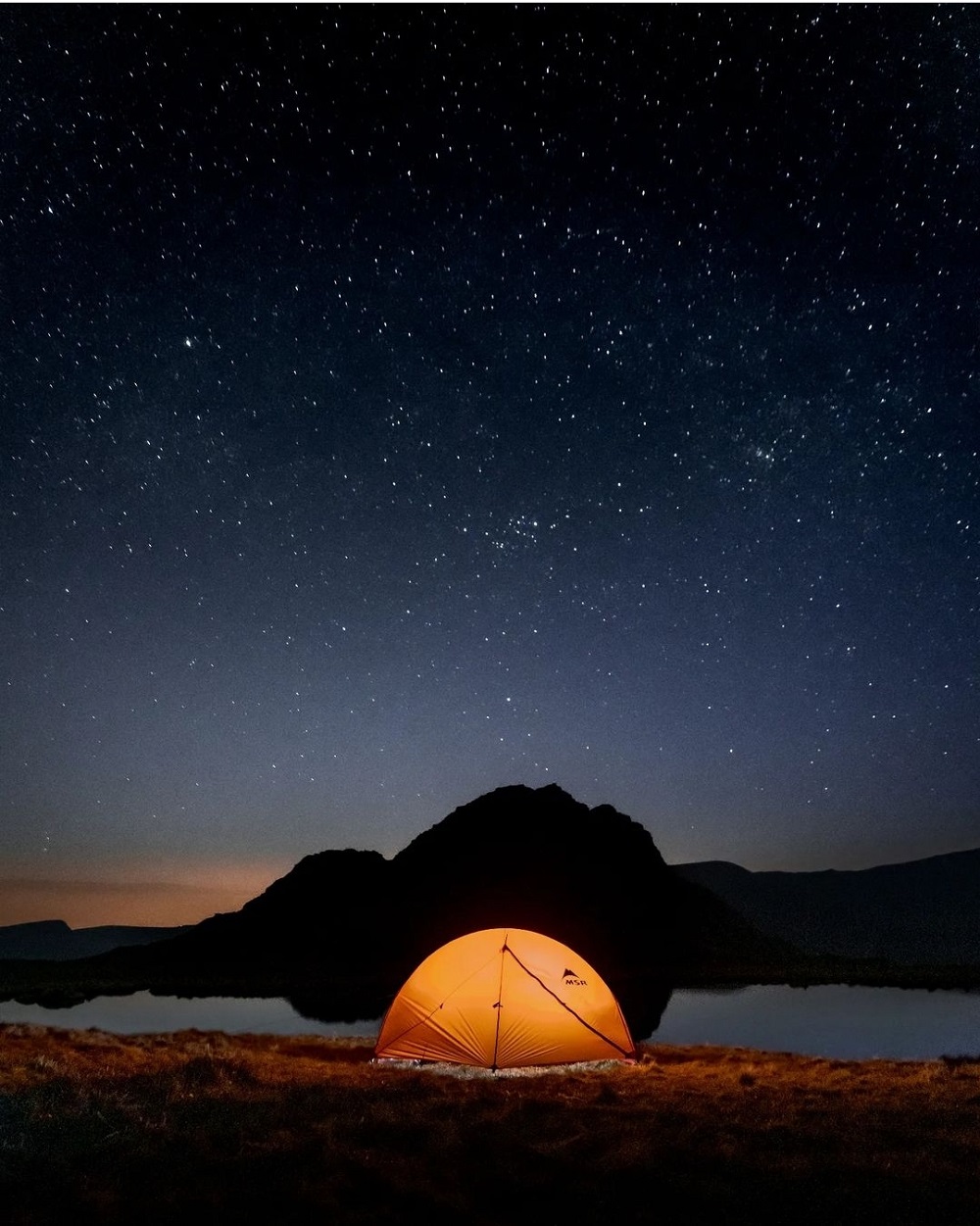
From the many tents I’ve had, there are only two that I would confidently recommend – the first being the SnugPak Journey Duo which was great for Spring and Summer, but I wouldn’t feel comfortable in this during the colder months. The second (and more pricey) tent, which is now the one I use for all my adventures, is the MSR access 2 – this set me back £650 but it has been a life saver (literally) during Autumn and Winter camps.
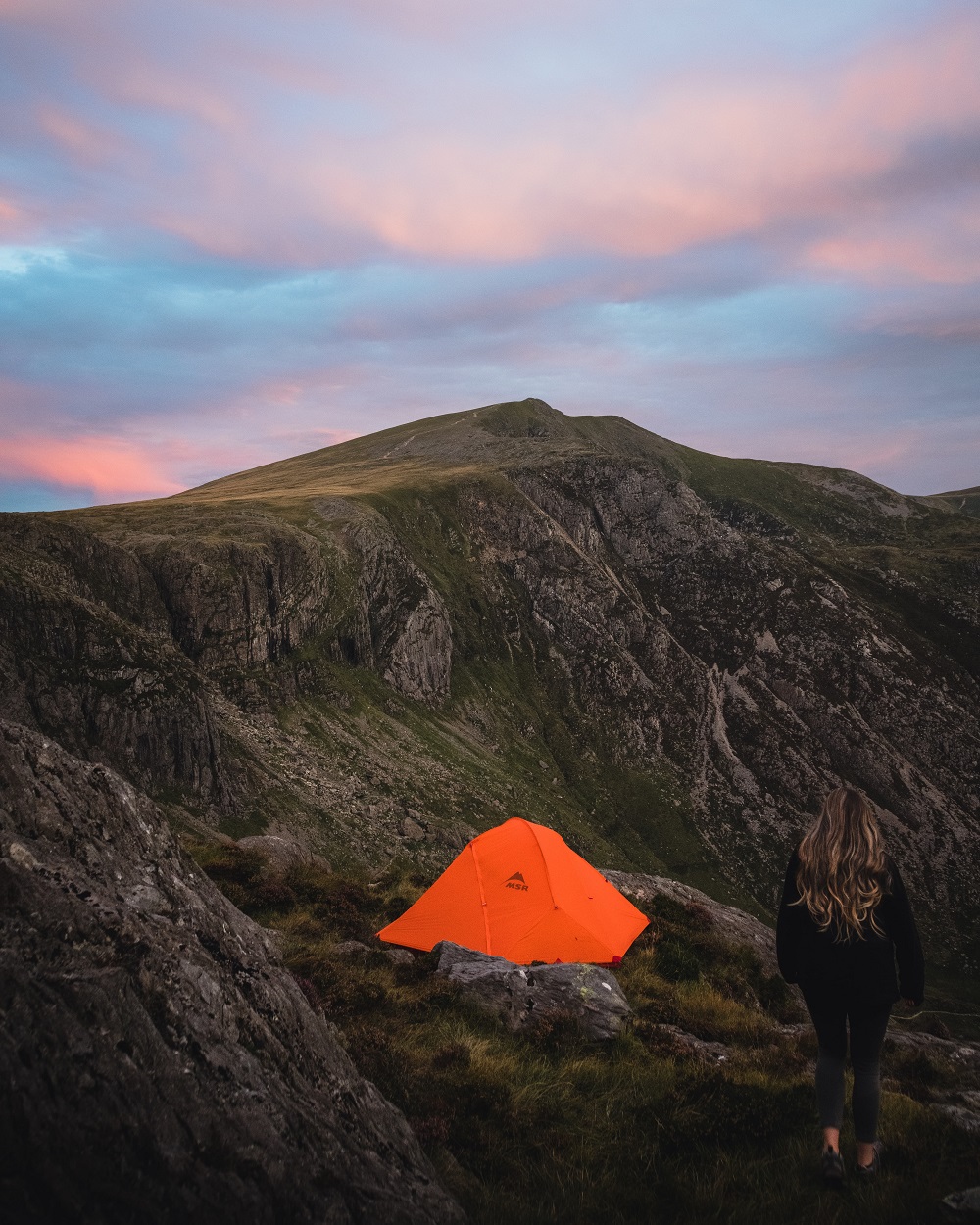
Other tents recommended by most outdoor experts are The North Face Mountain 25, Hilleberg Nammatj 2 and Black Diamond Eldorado.
Tip: Always carry out a test pitch at home so you are a pro at setting up and down the tent, you don’t want to be setting up for first time in harsh winds or heavy rain!
Choose the RIGHT sleeping bag
Finding a sleeping bag for wild camping can seem like a minefield. I had absolutely no idea what was considered a ‘good tent’ until I’d tried and tested a few bad ones, but after years of trial and error, I’ve come to the conclusion that Rab is the best brand for sleeping bags. As someone who is ALWAYS cold, being confident that kit will keen me warm on a mountain is a must for me.
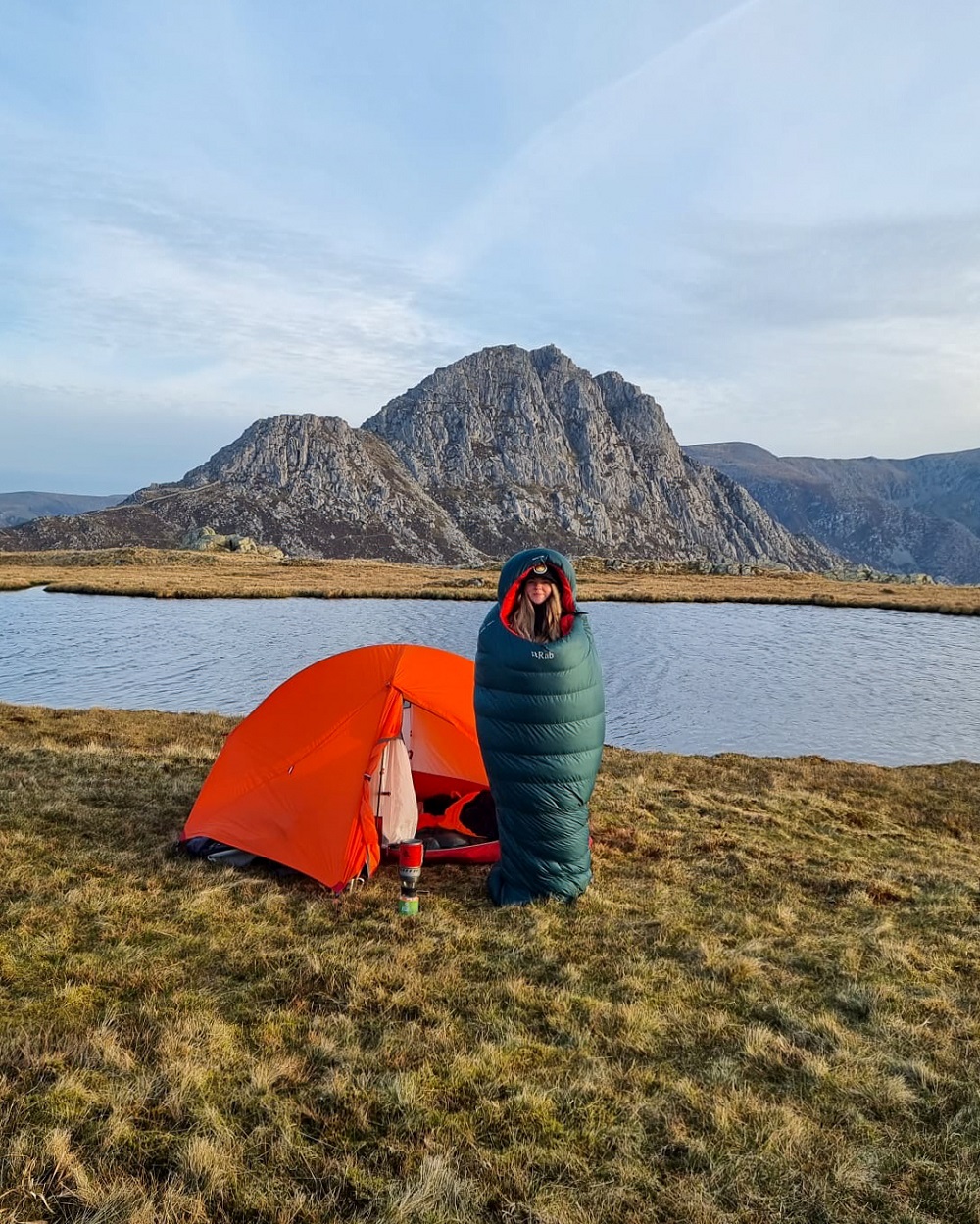
As with tents, your sleeping bag will need to be season appropriate. The thing to look out for is how it performs against the elements. Be sure to check the website for the intended use and the ‘sleep limit,’ as these will give you a good understanding of how warm they will be. For Spring / Summer months you will be fine with a sleep limit of 0-10 and during Autum you will need a 3-4 season sleeping bag with a limit of -10. Winter is a whole new level, I wouldn’t be on a mountain camping without a high quality 4 season sleeping bag, with a sleep limit of -20.
My current one is the Rab Ascent 1100 Down Sleeping Bag that keeps you protected to -25 degrees, weighing in at 1.7kg this is my heaviest piece of kit – but a must in my opinion. The next thing to think about is the fill of you sleeping bag; downfill vs synthetic, there are pros and cons to each. After much research, I opted for down-fill as it squashes smaller in my bag and is the warmest – the only negative is that they take longer to dry if they get wet, but this has not been an issue for me yet and I’ve camped in snow.
Tips for keeping warm in your sleeping bag
- If you get cold when camping, strip off completly and get inside your bag and zip it right the way up – don’t make the mistake of layering on more clothes as this will make it harder for your body to radiate heat.
- Don’t leave any gaps in your sleeping bag – if there is a gap at the bottom of your bag by your feet, stuff all your extra clothing down there as you will lose much needed heat in that air.
- Don’t put your face into your sleeping bag during colder weather, it’s temping to just bury your face to keep yourself warm, but breathing air into the bag will build up condensation and make you cold.
A head torch is a must
A head torch is a standard piece of kit for any outdoor adventurer, and wild camping is no different. Invest in a quality, durable, and high-strength reliable head torch which you can wear during the night. It’s not just for wearing around your camp, it’s an essential safety item that you will need with you, just incase you need to head down in the dark in an emergency.
Wear waterproof footwear
Ensure you have a quality pair of walking boots, especially if you’re planning a hike out to the wild to camp. Waterproof ones during Winter to Spring is always recommended as the weather can change in an heartbeat on the mountains, and once your feet are wet you will struggle to warm back up.

Camping slippers are great for during the night aswel, I bought a pair last year and I don’t go camping wihtout them now! They not only keep your feet super toasty, but they’re great for pulling on quick to go the toilet in the night. There are loads of good brands that make them, but I went with The North Face ThermoBall Winter booties.
Invest in a quality camping stove
Another item I’ve replaced along the way, is my camping stove. I started out with a Coleman Fyrestorm, which done a good job but was too heavy and didn’t work well in wind. I’ve since upgraded to the MSR Windburner, whch weighs just 450g and has performed well for me in strong winds – I’m talking 40 mph wind chill.
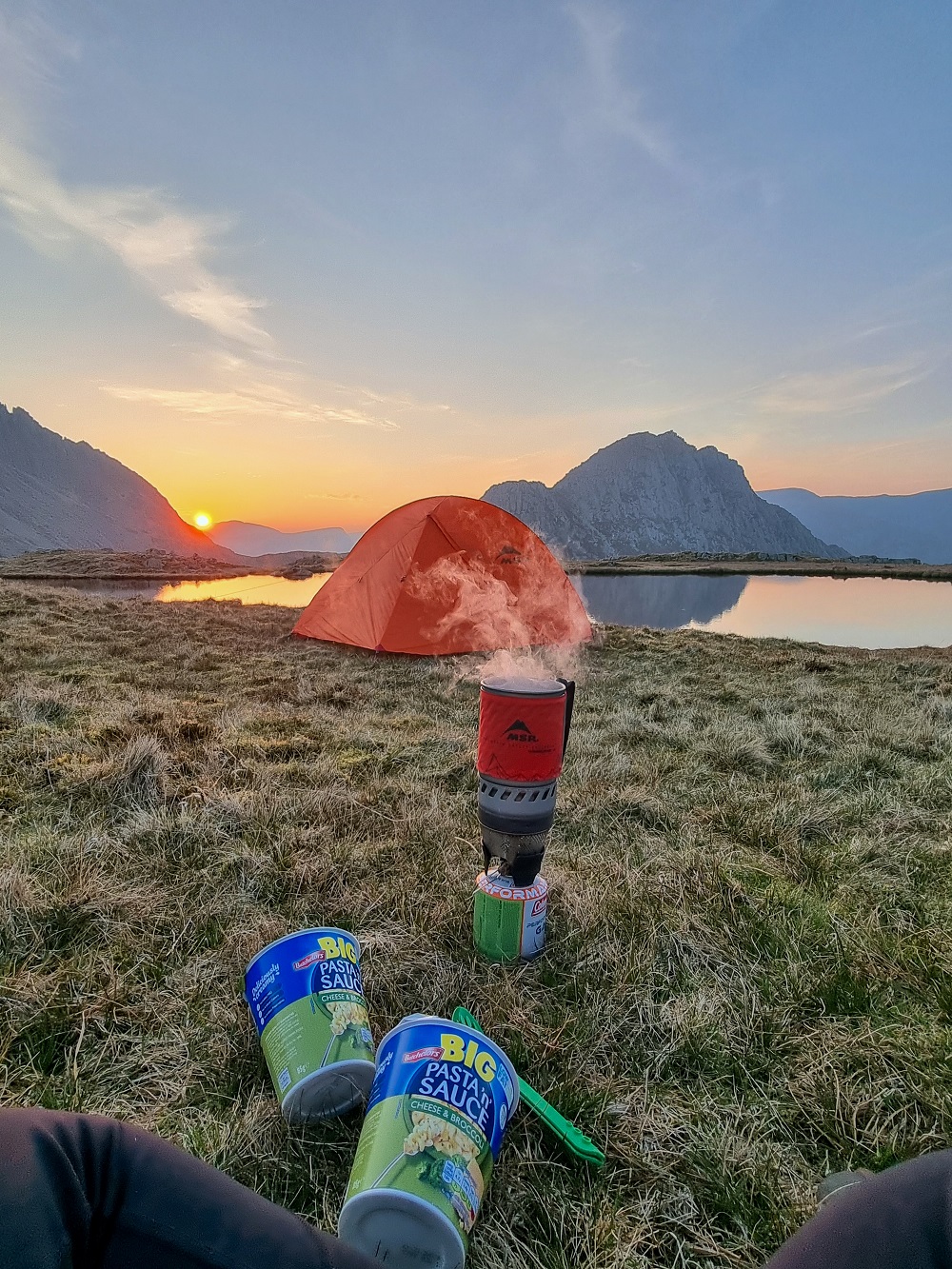
You should also make sure you have a lightweight camping kettle or stove to hand. Lightweight models such as the Coleman Fyrestorm, is a fantastic, handy stove that you can easily pack and carry from site to site. Only 0.5kg in weight, so it’s a great powerful little tool to take wild camping.
If you are planning to camp low down, and looking for a more eco friendly option, opt for something like the Ghillie camping Kettle. All you need to add is leaves, twigs etc for fuel to the chamber and light it for it to boil the water. This one weighs 0.8kg, so still a good option for wild camping, but the size is considerably bigger.
Take a water filter bottle to reduce weight
Taking bottles of water along with you isn’t just wasteful, it’s inefficient. Invest a bottle such as the Lifesaver Liberty, which lets you filter out wild water so that it’s safe to drink. This system can filter out almost 100% of viruses and bacteria, and what’s more, there’s no need to actually touch the water. It can even filter up to 2,000 litres in one go, making it an essential for all wild campers. Most places I’ve camped, there has been a water source nearby, which comes in useful for drinking and boiling water to make food and hot drinks.
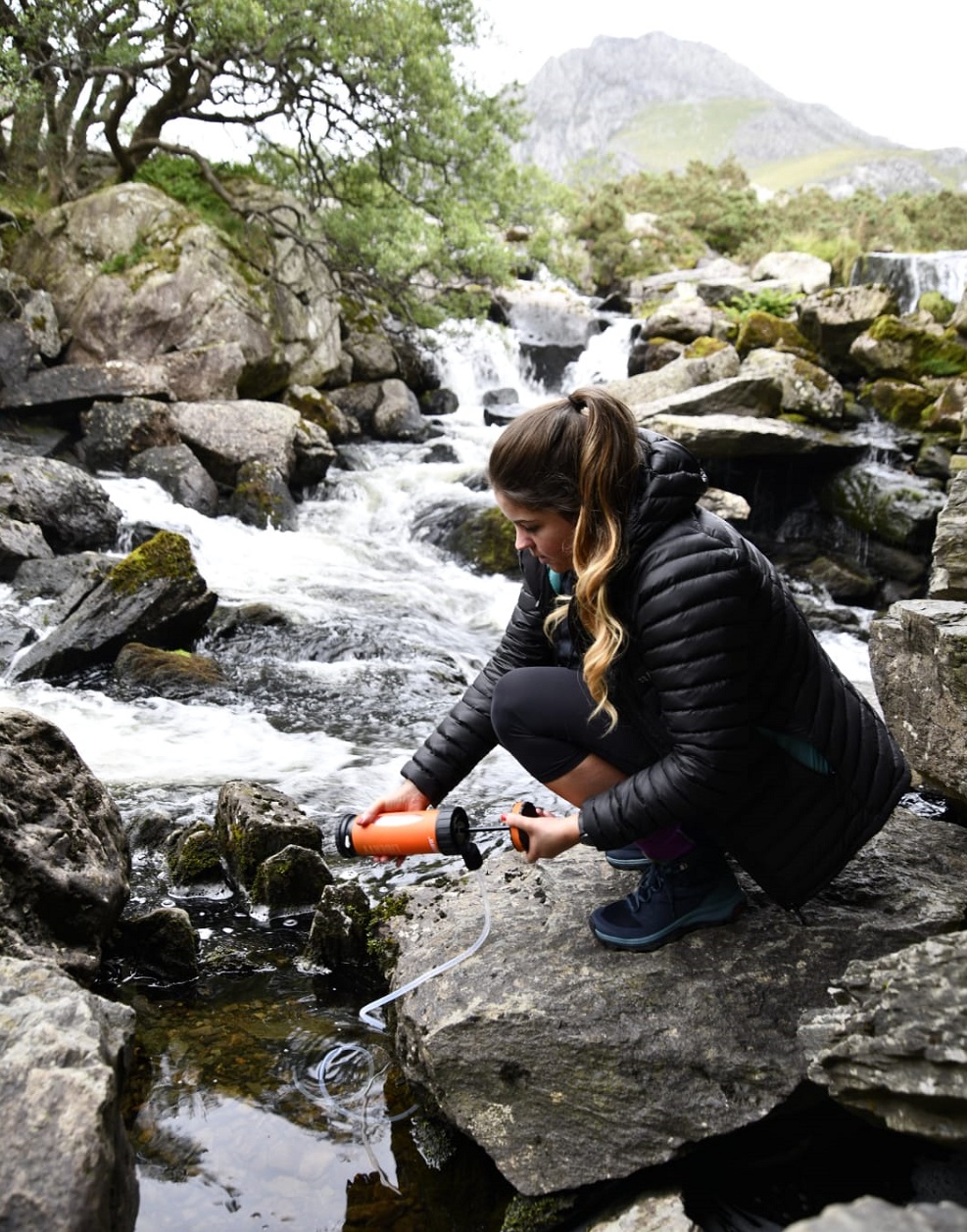
Keeping midges at bay during Summer
If you’ve never been wild camping during Summer before, then you will not be prepared for the midges! They can be unbearable in some places – Scotland is the worst, but Wales is getting just as bad. I’ve had it before were we’ve had to hide inside the tent until sunset due to being attacked my swarms of midges and it can completly ruin your experience. Midge spray works to an extent, meaning they will still attack you but won’t bite.
One product we tested out recently was the Insect-O-Cutor Nomad, the leading brand in fly catching, recently launched a new product offering the perfect solution for catching unwanted flies and insects outdoors. Nomad removes the worry of flying insects invading your space so you can enjoy your time outdoors without the inconvenience of irritating insects or itchy bites and stings. Other recommended products are anything with Citronella in, from candles to insence sticks – it’s like criptonite for midges.
Ready?
If you’re keen to get wild camping, make sure you you do your research; check the route, double check your kit, weigh your bag and take enough food. And remember to protect our green spaces and LEAVE NO TRACE.
Shop some of our other tested and recommended Wild Camping UK and Hiking Gear below…

£49.99 | Decathlon
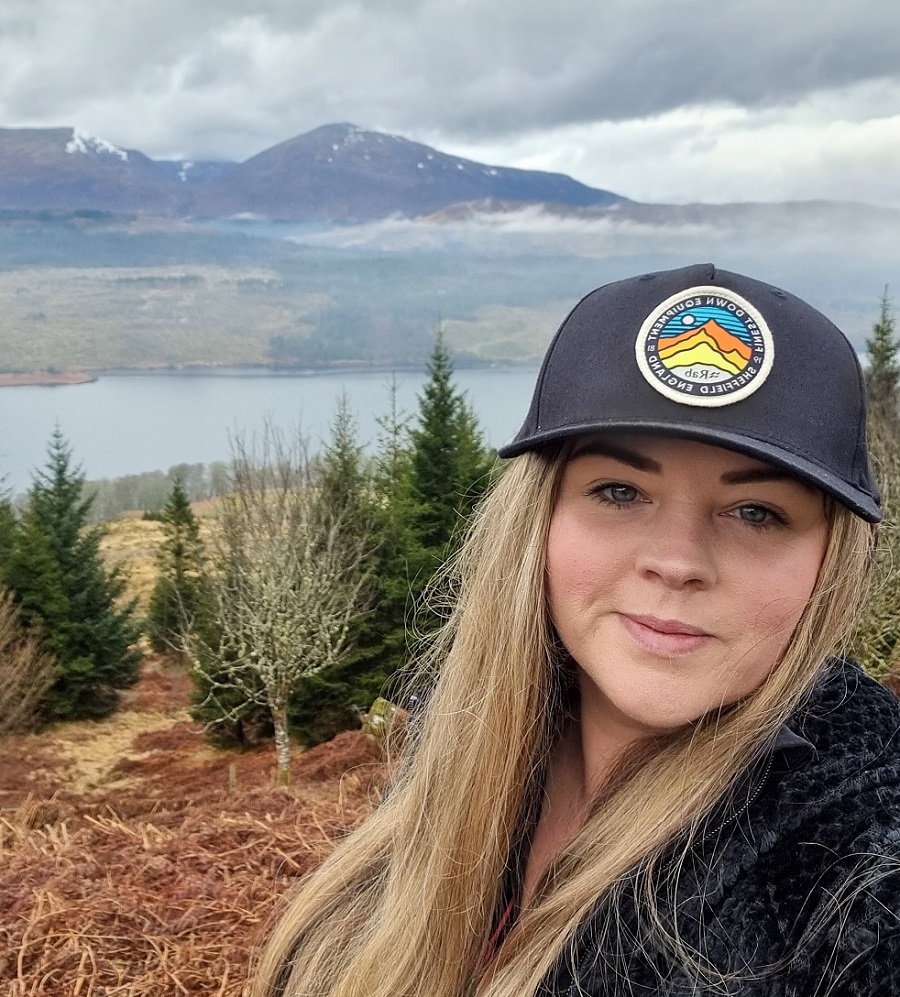
From scaling mountain peaks to savouring exotic flavours, I’m a passionate explorer with an insatiable appetite for adventure and good food. As an Outdoor Adventure and Travel Editor, I’m constantly seeking new experiences that ignite my senses and broaden my horizons. Through my blog, I share captivating travel tales, mountain-tested advice, healthy food inspiration, and training tips to empower fellow adventurers on their own journeys of discovery.
Follow Sam’s adventures on Instagram @sams_adventures_x
